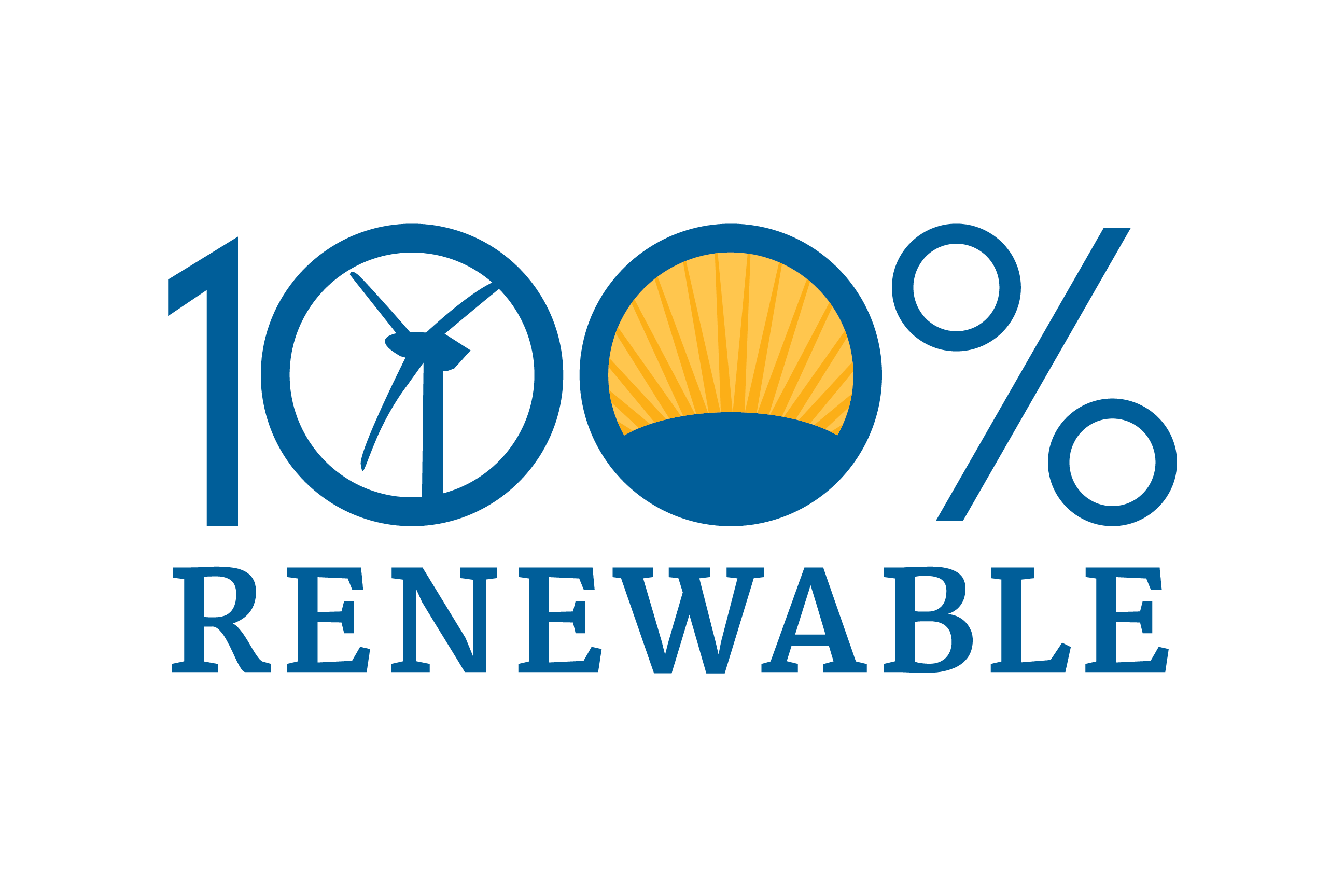Guilford College in Greensboro, North Carolina, has opted for solar heating, with 200 panels on campus that produce more than 9,000 gallons of hot water each day. After an initial 12-panel array installed in 2007 resulted in lower energy bills and emissions, Guilford partnered with FLS Energy, a local solar energy provider, to install another 188 panels on another eight buildings in 2010. The combined system covers almost all the hot water needs of the campus residence and dining halls.
To fund its 2010 solar thermal array, Guilford entered into a solar energy purchase agreement with FLS Energy, whereby FLS financed the installation and maintains the system, and Guilford pays FLS a guaranteed, competitive price for clean hot water. With no upfront capital investment, Guilford was able to immediately save energy and cut down its emissions.
Today, Guilford’s solar thermal arrays are a symbol of the school’s commitment to sustainability, visible throughout campus. In the words of Jon Varnell, Vice President for Administration, “Solar thermal is a no brainer; if you use a lot of hot water and you’re not using solar, you’re really losing out.”

